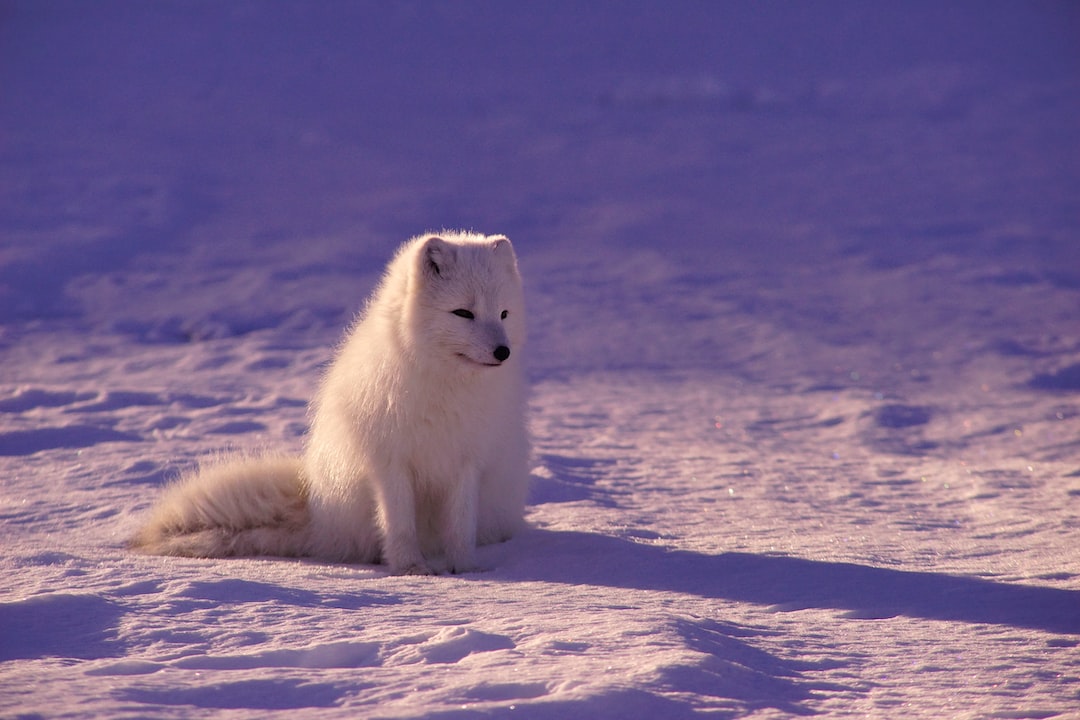The Incredible Migration Stories of Wildlife: From Monarch Butterflies to Wildebeests
Nature has always amazed us with its extraordinary wonders, and one of the most fascinating spectacles is the annual migration of various wildlife species. From the delicate monarch butterflies to the majestic wildebeests, these incredible journeys showcase the resilience and determination of these creatures to survive and thrive in the face of adversity. Let us delve into the captivating migration stories of these remarkable animals.
One of the most iconic and awe-inspiring migrations is that of the monarch butterflies. These beautiful creatures embark on an incredible journey spanning thousands of miles, traversing across North America. Starting from their breeding grounds in Canada and the United States, millions of monarch butterflies embark on a southward migration towards warmer climates in Mexico. This is an astonishing feat for such small creatures.
The migration is a result of the monarch’s life cycle and the need to find the appropriate breeding and feeding grounds. The journey begins in late summer when the monarchs reproduce, laying eggs on milkweed plants. The caterpillars then go through a metamorphosis, transforming into butterflies. With the arrival of fall and dropping temperatures, the monarch butterflies instinctively know it is time to migrate.
The monarch butterflies navigate using a combination of environmental cues and solar orientation. They have been known to travel up to 3,000 miles, guided by landmarks, wind patterns, and sun position. This journey takes several generations of butterflies to complete, as the original migrants do not make a return trip. Nevertheless, their offspring continue the journey in subsequent generations until they reach their wintering grounds in Mexico.
The wildebeest migration in East Africa is another astonishing spectacle. Every year, over two million wildebeests, accompanied by thousands of zebras and gazelles, migrate in search of fresh grazing pastures. This great migration is considered one of the most incredible wildlife events on Earth.
The migration is driven by the need to find food and water. As the dry season sets in, the wildebeests leave the parched Serengeti plains in Tanzania and embark on a long and treacherous journey towards the Maasai Mara National Reserve in Kenya. This journey spans over 1,800 miles, filled with numerous obstacles and dangers along the way.
During this arduous migration, the wildebeests face challenges such as crossing crocodile-infested rivers and avoiding predators like lions and hyenas. However, these animals showcase their incredible strength and resilience as they persevere through the hardships, driven by the instinctual need to survive.
The wildebeest migration is not only a testament to the remarkable adaptability and cooperation of these animals but also a crucial part of the ecosystem. The wildebeests’ movements support a delicate balance by dispersing nutrients through their dung and ensuring new growth in different areas. Moreover, their presence attracts predators, creating a sustainable environment for other wildlife species.
These migration stories offer us a glimpse into the interconnectedness of ecosystems and the delicate balance that exists in nature. They remind us of the importance of preserving these habitats to ensure the survival of these remarkable creatures and the overall biodiversity of our planet.
While these migration stories are awe-inspiring, they also highlight the threats that these wildlife species face due to human activities and climate change. Deforestation, habitat loss, and climate disruptions can disrupt their migratory patterns and jeopardize their survival. It is crucial for us to take action and protect these magnificent animals and their habitats.
Conservation efforts, such as establishing protected areas and fostering sustainable practices, play a vital role in safeguarding these extraordinary migrations. Additionally, educating local communities and raising awareness about the value and importance of wildlife conservation can contribute to preserving these natural wonders for generations to come.
In conclusion, the migration stories of wildlife, from the monarch butterflies to the wildebeests, captivate our imagination and inspire us with their determination and adaptability. These incredible journeys demonstrate the resilience of nature and the delicate balance that exists in our ecosystems. By understanding, appreciating, and protecting these migration phenomena, we can ensure the survival of these remarkable animals and preserve the biodiversity of our planet. Let us embrace and celebrate these migrations as a testament to the marvels of the natural world.

